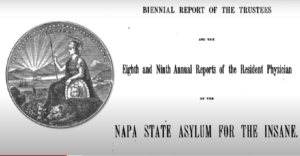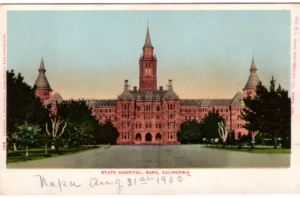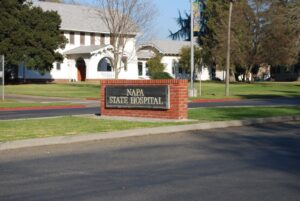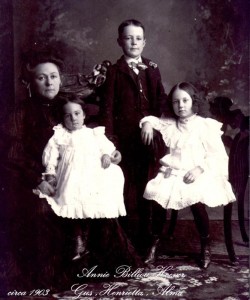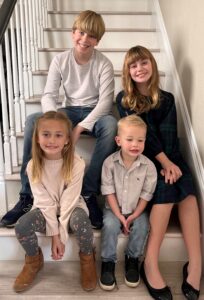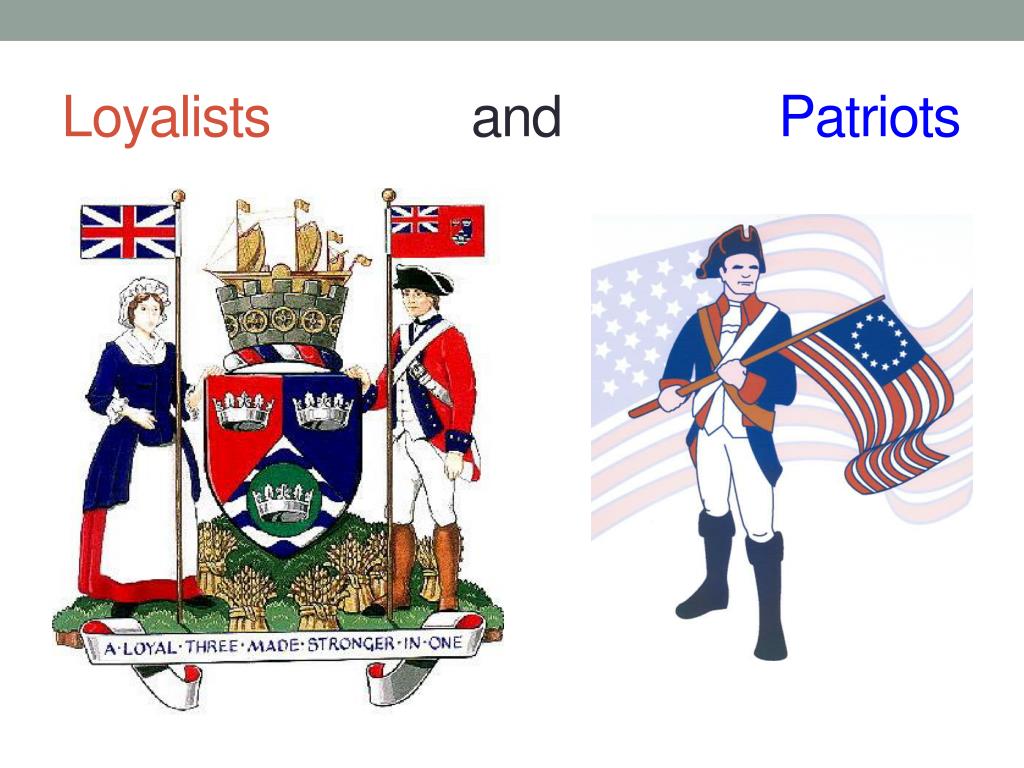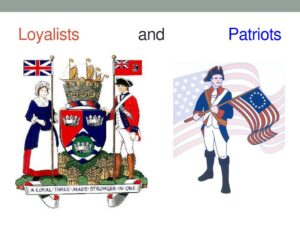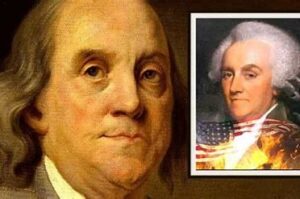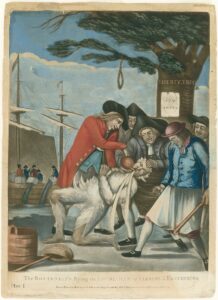By Suzanne Sparrow Watson
 My dear husband, Alan, passed away on Friday. He has had a tough year, diagnosed with early Alzheimer’s, tongue cancer, c diff, COVID, hospitalization for a second bout of c diff, and heart rhythm problems. Yet through all of that he kept an upbeat attitude and his wonderful sense of humor. In February he had successful surgery on his tongue, but oral cancers are usually aggressive and by mid-July he began having problems swallowing. On July 19th a scan showed the cancer had recurred and there was wide-spread metastasis. No further treatment was possible. He went into Hospice on July 25th and died July 28th.
My dear husband, Alan, passed away on Friday. He has had a tough year, diagnosed with early Alzheimer’s, tongue cancer, c diff, COVID, hospitalization for a second bout of c diff, and heart rhythm problems. Yet through all of that he kept an upbeat attitude and his wonderful sense of humor. In February he had successful surgery on his tongue, but oral cancers are usually aggressive and by mid-July he began having problems swallowing. On July 19th a scan showed the cancer had recurred and there was wide-spread metastasis. No further treatment was possible. He went into Hospice on July 25th and died July 28th.
Indulge me in writing a bit about him. He was born in the Philippines just prior to the outbreak of WWII; his father was a Scottish businessman stationed in Manila. When the war broke out, Alan, his parents and brother were all interned in a Japanese prisoner of war camp. It was as grim as you might imagine, in the end living on one cup of rice for the family and sheltered only in a lean-to shanty. They were rescued in February 1945 and chose to immigrate to the United States. They settled in Pasadena, California, where Alan grew up and was involved in sports, achieved Eagle Scout rank and according to his mother, excelled in creating general mayhem. He always had a twinkle in his eye and an ability to schmooze that served him well over the years. His profession was in marketing for large commercial insurance companies, and he was well-suited to the job.
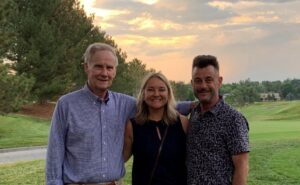
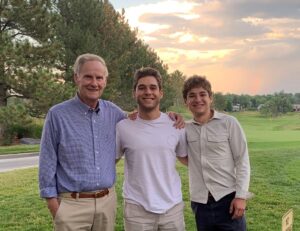 Alan had two children he adored: a son, Colin and a daughter, Wendy. He considered Wendy’s husband, Steve, to be like a son. Alan loved being a “Grandpa” to Wendy’s two boys, Matthew and Jake. They held a treasured place in his heart and they had him wrapped around their tiny fingers from the moment they were born.
Alan had two children he adored: a son, Colin and a daughter, Wendy. He considered Wendy’s husband, Steve, to be like a son. Alan loved being a “Grandpa” to Wendy’s two boys, Matthew and Jake. They held a treasured place in his heart and they had him wrapped around their tiny fingers from the moment they were born.
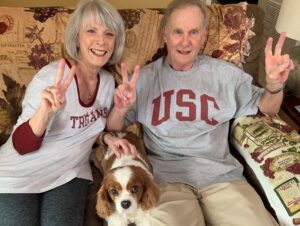 He explored many hobbies over the years, but in 1990 began playing golf and in it he found his passion. When he retired, he spent a lot of time playing, but he also enjoyed practicing. He was a true “range rat”. He visited the PGA Superstore so often that I once suggested he get a job there. He loved watching hockey, particularly the Montreal Canadiens and the Washington Capitals. But mostly he was a rabid USC football fan. And I mean a fan. Every fall he asked me to mark the SC games on the calendar and woe be to me if I scheduled any social engagements that conflicted. Our friends would gently suggest that there was such a thing as a DVR, but Alan insisted (and I kind of agreed) that nothing beats watching sports live.
He explored many hobbies over the years, but in 1990 began playing golf and in it he found his passion. When he retired, he spent a lot of time playing, but he also enjoyed practicing. He was a true “range rat”. He visited the PGA Superstore so often that I once suggested he get a job there. He loved watching hockey, particularly the Montreal Canadiens and the Washington Capitals. But mostly he was a rabid USC football fan. And I mean a fan. Every fall he asked me to mark the SC games on the calendar and woe be to me if I scheduled any social engagements that conflicted. Our friends would gently suggest that there was such a thing as a DVR, but Alan insisted (and I kind of agreed) that nothing beats watching sports live.
He was a loving, devoted dog dad to Dash the Wonder Dog. In fact, I coined the “wonder dog” name because for 20 years Alan did not want a dog. When he finally relented and we got Dash, Alan became putty in his paws. In almost every photo I have of him he is holding Dash. They created a special bond and Dash turned an indifferent pet owner into a complete sap. Dash truly did wonders for him, especially during his trials this past year.
This is a very sad time for our family. Dash is confused and keeps looking for him, which breaks my heart. I know our lives will never be the same. But I have tried to look for bright spots along the way these past few days. First, and most importantly, the whole family was able to fly here the weekend following his diagnosis to spend time with him. They were able to tell him how much they loved him, and he could do the same in return. He told Matt and Jake how proud he was of the young men they have become, and that is a gift they can treasure for the rest of their lives. He and I were able to spend time saying all the things we wanted to say to one another. He knew how much I loved him, and I know his wishes for me as I go forward.
The second gift was the friends who gave me support and comfort this past week. My friend Debbie brought me support in innumerable ways, not the least of which was being here when the hospice transport came, and Alan left the house for the last time. My friend Marge drove down from Idaho in hopes of saying goodbye to Alan. After a two-day drive she arrived at our house at the exact moment they were transporting Alan to hospice. She went with me to hospice each day and to the mortuary to make final arrangements. My niece Shelley came up from Tucson for a day to spend time with me and give me a much-needed hug. I am so blessed to have such a loving family and friends, all of whom have offered support and love, both in person and from afar.
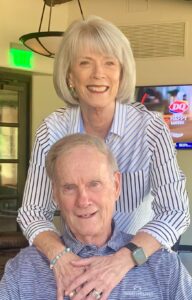 I know I have a difficult road ahead of me, but I am trying to be grateful for the time we had together. Next month we would have celebrated 36 years of marriage. Many years ago, someone asked me why I thought Alan and I were so happily married, and I told her that he made me laugh every day. I think that was our “secret sauce”, as no matter how irritated we might get over something, we always ended up making each other smile.
I know I have a difficult road ahead of me, but I am trying to be grateful for the time we had together. Next month we would have celebrated 36 years of marriage. Many years ago, someone asked me why I thought Alan and I were so happily married, and I told her that he made me laugh every day. I think that was our “secret sauce”, as no matter how irritated we might get over something, we always ended up making each other smile.
I am also grateful for the way in which he passed. It was not sudden, nor was it drawn out. He had the opportunity to tell all of us how much we meant to him, and he heard how much we all loved him. Not everyone gets that experience at the end of their life.
I stumbled on this phrase from Ram Dass a few months ago that struck a chord then and has resonated a lot this week:
Sharing our love and our gifts
With any who join us on our roam,
Enlightenment comes to let us know
We Are Just Walking Each Other Home.
Rest in Peace, my sweet angel Alan. It has been my privilege to walk you home.




